Assessing Feasibility of Wildfire Fuel Reduction Targets in North Central British Columbia
Data and Materials
-
Assessing Feasibility of Wildfire Fuel Reduction Targets in North Central British Columbia PDFDate updated:October 1, 2025, 02:05 (UTC)
Organization
Burns Lake Community Forest
No description provided
Additional Info
| Field | Value |
|---|---|
| Author | C.B. Brochez, S.E.R. Leverkus |
| Publication Year | 2022 |
| License | Creative Commons Attribution-NonCommercial-NoDerivatives |
| Last Updated | October 14, 2025, 23:04 (UTC) |
| Created | October 1, 2025, 02:04 (UTC) |



